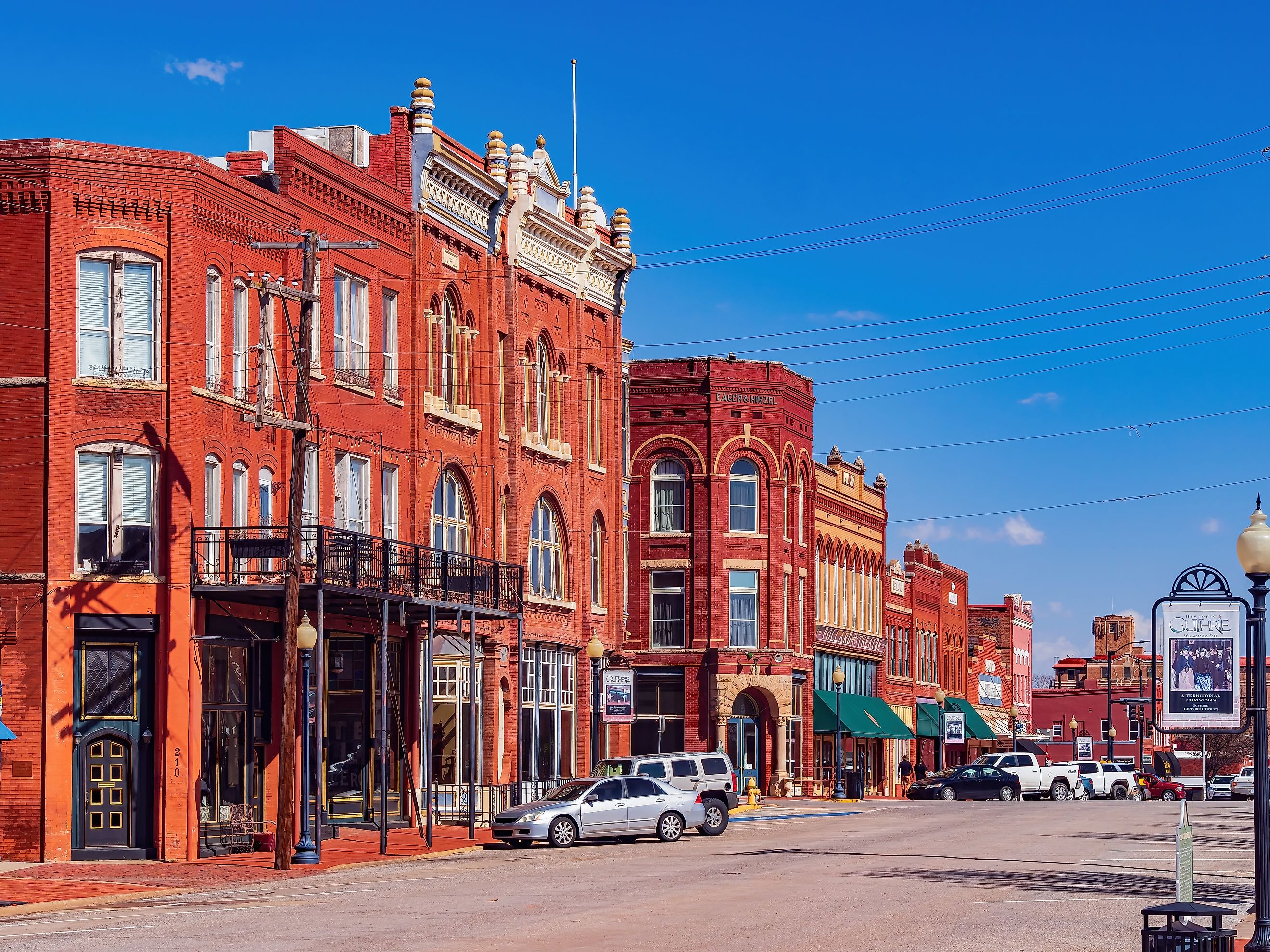
6 Towns In Oklahoma That Were Frozen In Time
One of four states that together make up America’s Southwest Region (along with neighbors Texas, New Mexico, and Arizona), Oklahoma is full of fascinating history. While much can be learned about the state’s past by visiting larger urban areas like Oklahoma City, the state capital, and Tulsa, those in the know will include at least a few smaller towns on their travel itineraries.
From their founding during the state’s territorial days to their roles in pivotal events like the Land Runs and the oil boom, these towns preserve the very essence of Oklahoma’s heritage. Each holds unique stories, embodied by their historic buildings and landmarks, that offer an authentic take on the region’s fascinating past. Find out more about these six towns in Oklahoma that appear as if frozen in time.
Guthrie

Established in 1889, Guthrie was Oklahoma’s first state capital and a focal point of the Land Run of 1889, an important event that saw thousands of settlers rushing to claim land across the Southwest. Guthrie Historic District is one of the best-preserved collections of Victorian-era architecture in the United States and encompasses over 2,000 buildings, including the Oklahoma Territorial Museum and Carnegie Library, home to fascinating exhibits about Guthrie’s early years. Also worth checking out is the Oklahoma Frontier Drugstore Museum, housed in an 1890 structure with exhibits about early medicinal practices.
The town celebrates its history with events like the annual ’89er Days, a four-day carnival in April that commemorates the Land Run with Oklahoma's biggest (and oldest) parade. You’ll also get a taste of the past with Guthrie’s Victorian Walk, an evening event held each December that highlights the town’s historic architecture with costumed characters and Christmas carols.
El Reno
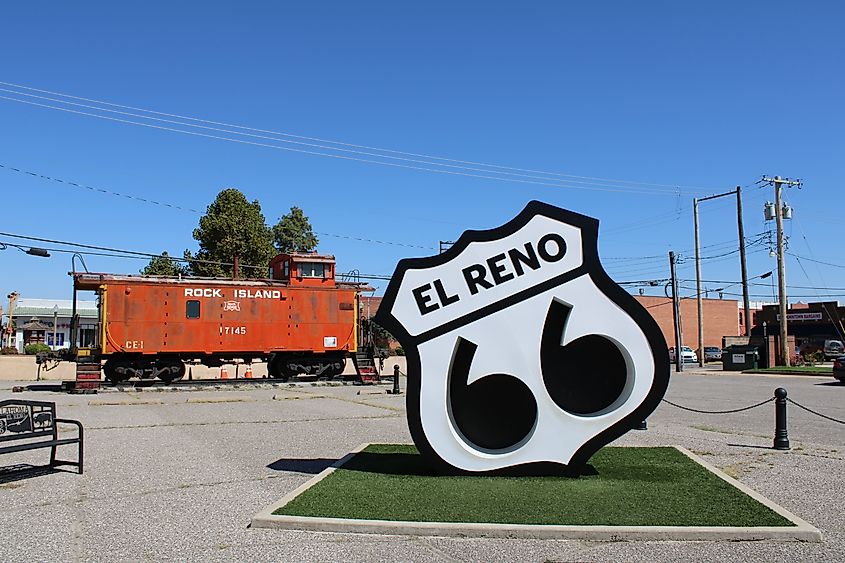
Since its creation in 1889, El Reno proved to be an essential stop on the Chisholm Trail, a 600-mile, three-month cattle drive from Texas to Kansas. You can learn more about this epic trail at the Canadian County Museum, a complex of historic buildings centered around El Reno's Historic Rock Island Depot. The museum also features exhibits related to the town’s rail history, complete with old train cars. Other important sites include Historic Fort Reno, established in 1875, and a former military post that played a major part during the Indian Wars and later as a remount station where the cavalry would stop for fresh horses.
The town is also known for its quirky Fried Onion Burger Day Festival, a nod to its Depression-era culinary traditions. Held each May, this fun community event has, in the past, even seen residents cook up the world’s biggest fried onion hamburger, a true whopper at more than 850 lbs. And if you can’t make it to the big event, visit pretty much any time of year and you can grab one of these local delicacies at Sid's Diner, a staple here for 35 years. Those who enjoy a good road trip will be keen to learn that the legendary Route 66 runs through El Reno, and the town preserves its connection to the “Mother Road” with several vintage landmarks, including Jackson’s Conoco Service Station, built in 1934.
Ardmore
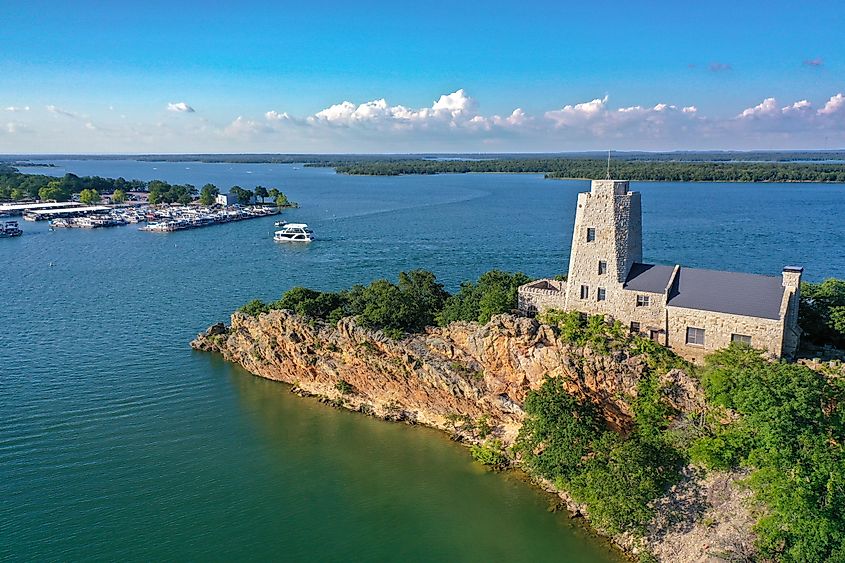
Ardmore was established in 1887 mid-way between Oklahoma City and Dallas and very soon became an important hub for the nation’s oil boom of the early 20th century. Its downtown retains much of its historic charm and early wealth, including the Santa Fe Depot, built in 1915, which now houses the Greater Southwest Historical Museum. The Ardmore Public Library, dating to 1905, is another significant site that has been well-preserved, as is the Colcord Building, constructed in 1894 and one of Oklahoma’s oldest standing structures built with steel (it’s now a luxurious 4-star hotel under Hilton’s Curio brand).
Ardmore celebrates its rich heritage through events like the annual Festival of Lights in Regional Park, a tradition that draws visitors from across the state, while the Charles B. Goddard Center for Visual and Performing Arts regularly hosts concerts and other cultural events. Be sure to also head out into the surrounding Arbuckle Mountains and nearby Lake Murray for a scenic drive.
Alva
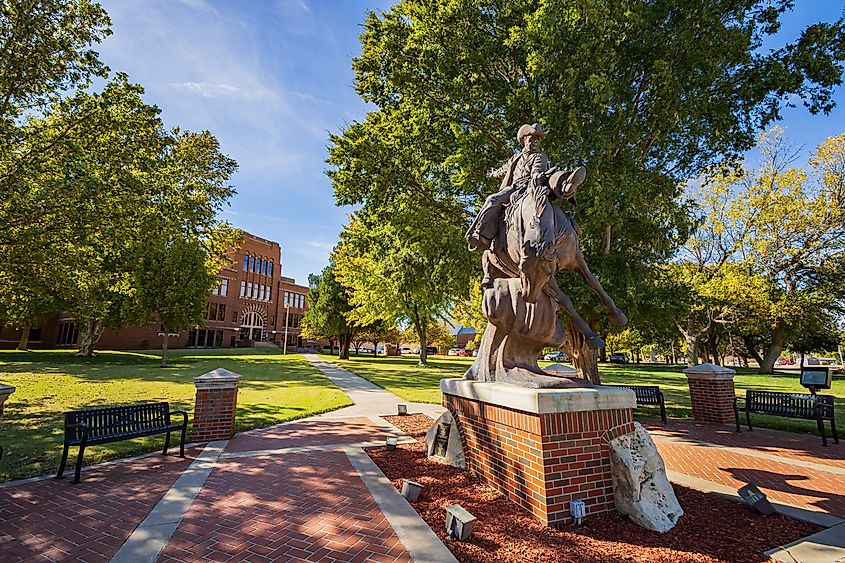
Established in 1893 during the Cherokee Outlet Land Run, Alva is steeped in frontier history. The Cherokee Strip Museum is a great place to start your journey into the past as it chronicles the town’s early days through artifacts and exhibits about settlers’ lives. Northwestern Oklahoma State University, founded in 1897, features pleasant campus grounds for a stroll, as does the Alva Municipal Cemetery, home to a section dedicated to Civil War veterans. Be sure to also wander around downtown Alva, home to historic landmarks, including the Bell Hotel, constructed in 1903 and recently renovated.
The best time to visit? Well, that depends on your passions, but if you’re a car fan, head to town for the annual Big Cruise and Car Show. Held each September, it’s one of Oklahoma’s largest free car shows and features countless classic vehicles along with food vendors. Alva is also known for its proximity to Little Sahara State Park, a vast sand dune, a striking geographic landmark that’s fun to explore.
New Cordell
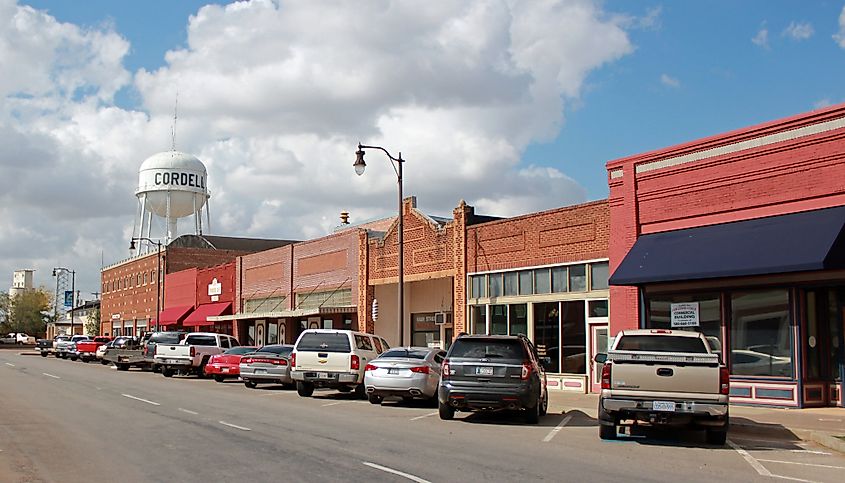
New Cordell, commonly called Cordell, became the county seat of Washita County in 1900, just three years after becoming a township. Historic highlights that’ll leave you feeling like you’ve been transported back to Oklahoma’s early days include the impressive Washita County Courthouse, completed in 1911, and a prominent centerpiece of the town square that’s listed on the National Register of Historic Places. The Cordell Carnegie Library, built in 1912, remains a functional part of the community, while many of the old retailers along Main Street feature original storefronts that date back to the early 1900s.
Cordell celebrates its heritage through its annual Pumpkin Festival, held since the 1970s and featuring craft and food vendors along with interesting historical exhibits. The Washita Battlefield National Historic Site is located nearby and commemorates the 1868 battle led by George Custer against the Southern Cheyenne.
Pawhuska
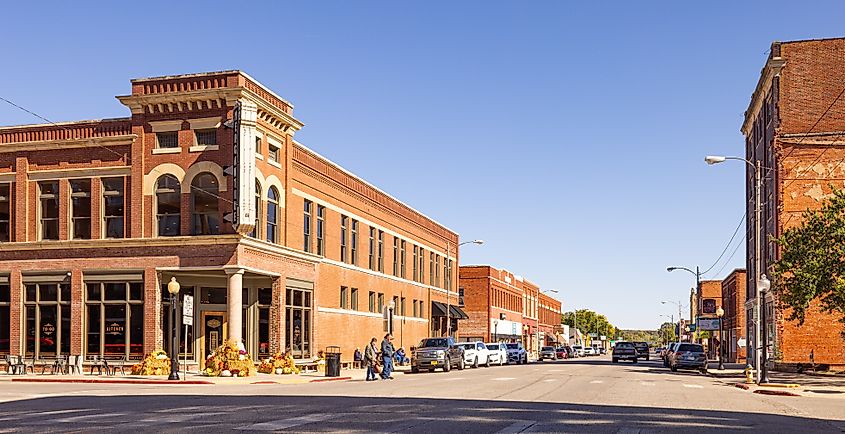
Founded in 1872, Pawhuska is the heart of the Osage Nation and played a pivotal role in Oklahoma’s oil boom. The town’s fascinating past is enshrined in landmarks like the Osage Nation Museum, established in 1938, and the oldest tribally owned museum in America. The Immaculate Conception Catholic Church, built in 1910 and still in use, is renowned for its stained-glass windows depicting Osage culture, while the 1914 Constantine Theatre is a striking reminder of early 20th-century entertainment that continues to host performances.
Pawhuska is also home to the Drummond Ranch, made famous by Ree Drummond, aka the Pioneer Woman, who helped revitalize the town’s economy. For nature enthusiasts, the Tallgrass Prairie Preserve offers a glimpse into the original landscape of the Osage Hills, an area of outstanding natural beauty where time really does seem to have stood still.
The Final Word
If you’re looking for great places to visit in Oklahoma that have been able to preserve their old architecture, you’re in luck. Oklahoma’s small towns not only offer a fascinating glimpse into the state’s rich history, but each of these destinations has also gone that extra mile to preserve the past. From the Land Runs to the oil boom and beyond, these six towns in Oklahoma definitely feel as if they’ve been frozen in time.











